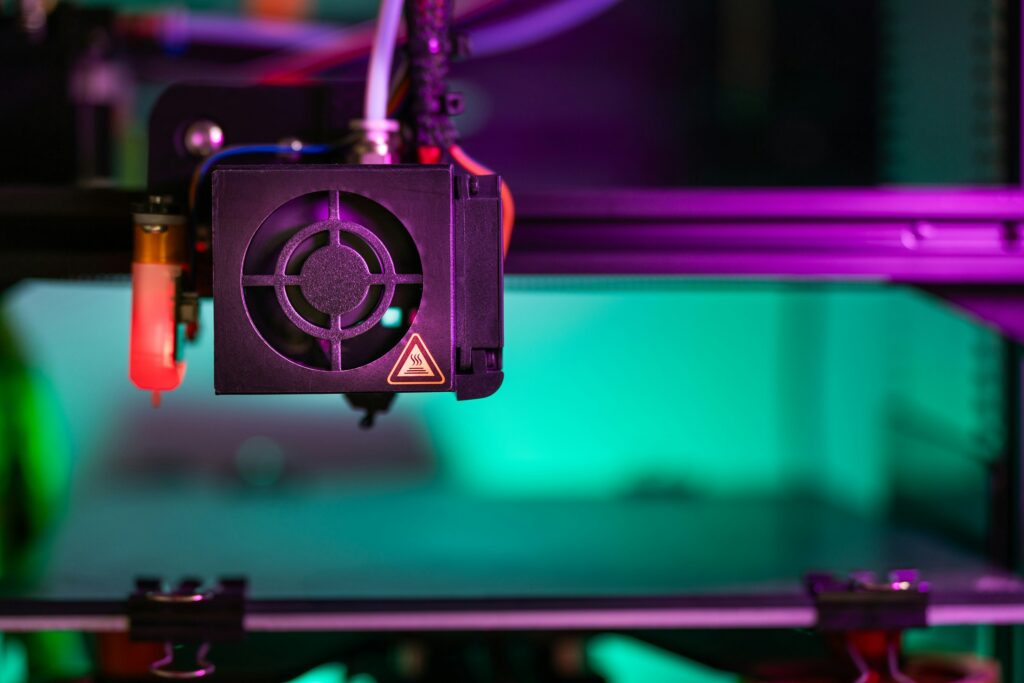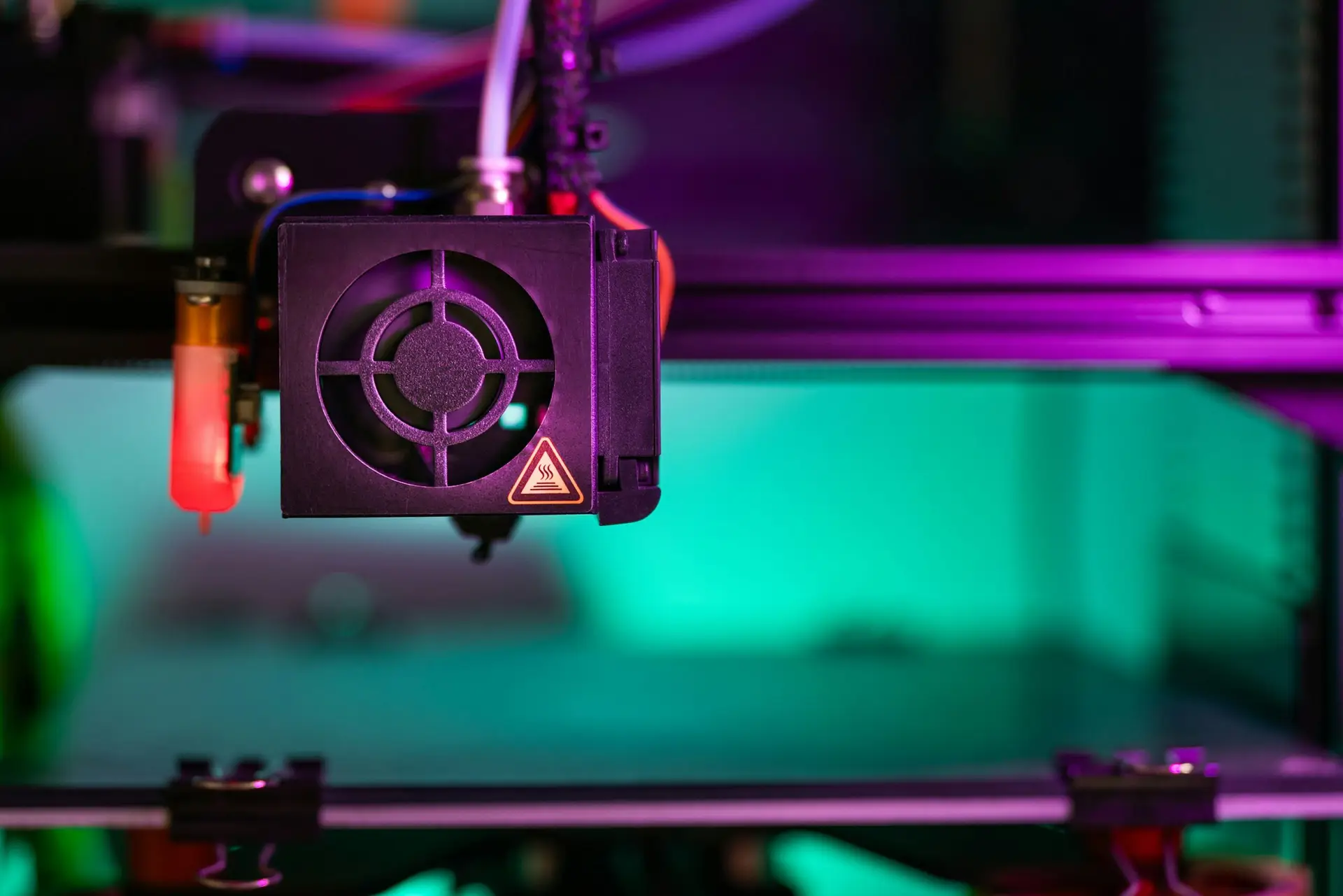
Navigating the world of what some people call invention patents, which the patent office usually refers to as utility patents, can be daunting – especially for first-time inventors and entrepreneurs. Understanding patent law is the key to protecting your innovative ideas and maintaining a competitive edge.
But where do you start? How do you decipher the legal jargon and complex processes involved?
That’s where a patent attorney comes in. It’s important to have an experienced patent attorney on your legal team to help you get a patent for your invention.
The team at Schell IP has won patents for hundreds of clients and has extensive experience working with inventors, founders, and entrepreneurs. Not only will they help you get the most comprehensive patent possible, but they’ll also help you create an intellectual property strategy around your invention to help you achieve your business goals.
Let’s demystify the world of invention patents together.
What is an invention patent?
An invention patent, or more precisely a utility patent, is a legal protection granted by the government. It gives inventors exclusive rights to prevent others from making, using or selling their inventions.
This means that for a certain period, usually 20 years, no one else can make, use, or sell the patented invention without the inventor’s permission. It’s a powerful tool to safeguard your innovation and reap the benefits of your hard work.
Types of Patents: Utility, Design, and Plant
There are three main types of patents: utility, design, and plant. Each serves a unique purpose.
Utility patents are the most common. They protect new and useful processes, machines, manufactures, or compositions of matter. Think of a new type of engine or a groundbreaking software algorithm.
Design patents, on the other hand, protect the unique appearance of a manufactured item. This could be the sleek design of a smartphone or the distinctive shape of a chair.
Lastly, plant patents are granted to anyone who invents or discovers and asexually reproduces any distinct and new variety of plant.
The Criteria for Patentability
To be patentable, an invention must meet three key criteria: novelty, non-obviousness, and utility. Let’s break these down.
Novelty means the invention must be new. It can’t be something that’s already been publicly disclosed, sold, or patented. If a patent has components of an existing patent, the new patent application will not be approved. This is where a thorough patent search comes in handy.
Non-obviousness means the invention can’t be an obvious modification of an existing invention. It must be a significant and unexpected development.
Lastly, utility means the invention must have a practical use. It can’t be a mere abstract idea or theory. It must provide a tangible benefit.
Your patent attorney will be able to help you assess your invention to understand if it could be eligible for a patent. They will also ensure your invention and patent application meets all the above criteria by conducting a thorough search of existing patents.
Provisional vs. Non-Provisional Patent Applications
When it comes to patent applications for an invention patent (a utility patent), you have two options: provisional and non-provisional. Each has its own advantages and considerations.
A provisional application is like a placeholder. It allows you to establish an early filing date without having to file a full patent application. It’s less expensive and gives you a year to refine your invention and prepare a non-provisional application.
This can be beneficial if you anticipate competitors coming into the market and want to get the rights to your invention first, even if you’re not quite ready to fill a non-provisional application.
On the other hand, a non-provisional application is the official application to be granted a patent. It is extensive, detailed, and involves a formal examination process. If approved, it grants you the full rights of a patent.
Your patent attorney will be able to help you determine which application is right for you and your invention. Regardless of the type of application you choose, your attorney will craft your application to make it as strong as possible, ensuring it’s highly detailed with all necessary components.
The Importance of Patent Claims
Patent claims are the heart of a patent application. They define the boundaries of your invention, outlining what is protected under your patent.
Each claim must be clear and specific and crafted by a patent attorney. It should describe a distinct aspect of your invention. The more precise your claims, the stronger your patent protection.
Vague or overly broad claims can lead to rejection of your application. Your patent attorney should take the time to deeply understand your invention – what it does, how it’s made, and what it looks like so they can write the strongest claims (and application) possible.
The Role of Full Product Development Services
If you’re an inventor or entrepreneur, getting a patent for your invention is only part of the go to market process. Turning an invention into a product that’s ready to go to market is a much more involved process. You must think about things beyond patents, like prototyping, marketing, and funding.
It can be beneficial to find a partner to help you navigate these complex processes. Nova Launch Partners provides a full suite of services, all the way from patent support to product development and pitch coaching. The team has extensive startup and entrepreneurial experience and can help set your business up for success.
By leveraging these services, you can save time, avoid common pitfalls, and increase your chances of successfully launching your invention into the world. It’s an investment that can pay off significantly in the long run.
Securing Invention Patents
Navigating the intellectual property law and the patent application process can be tricky. Having the right legal team on your side can drastically increase your chances of successfully securing an invention patent.
The team at Schell IP is available and eager to help. Book a free consultation and take the first step towards your patent now.


